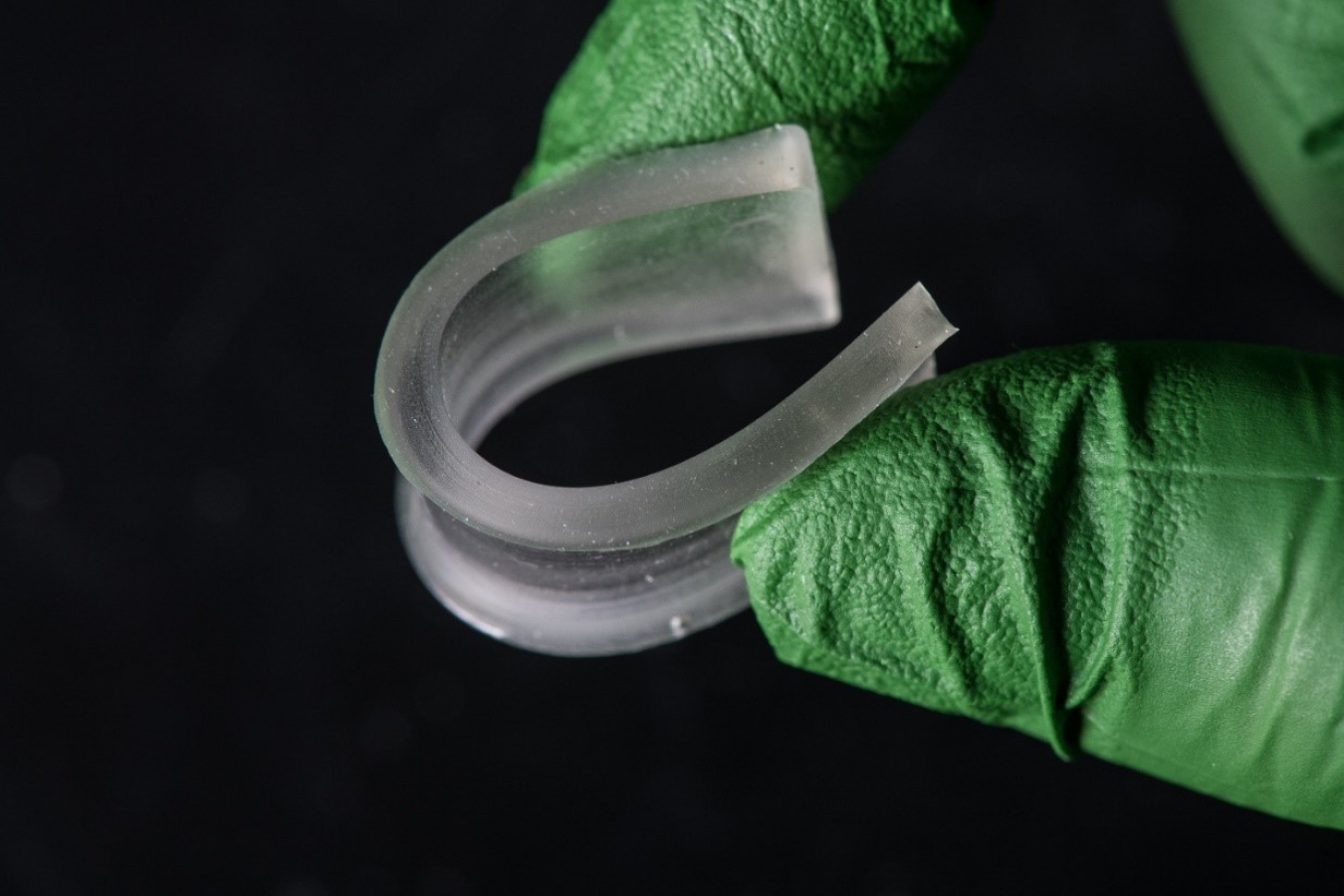Great chemists have discovered ways to combine carbon, hydrogen, oxygen, and nitrogen into all manners of plastics: leak-proof food packaging, heat-resistant car parts, durable personal protective equipment—the list is long. The real challenge for...
November 27, 2023
Great chemists have discovered ways to combine carbon, hydrogen, oxygen, and nitrogen into all manners of plastics: leak-proof food packaging, heat-resistant car parts, durable personal protective equipment—the list is long. The real challenge for material scientists in the 21st century is finding the perfect recipe for making polymers more sustainable and higher performing—especially with the reliance on petrochemicals for making plastics.
A machine learning tool called PolyID: Polymer Inverse Design™, developed by the National Renewable Energy Laboratory (NREL) with support from the U.S. Department of Energy Bioenergy Technologies Office (BETO), makes it easier to strike the balance. Using artificial intelligence, PolyID can predict material properties based on molecular structure. That allows the tool to screen millions of possible polymer designs to create a short list of candidates for any given application.
Learn more about the PolyID tool and NREL’s ongoing bioenergy research.

